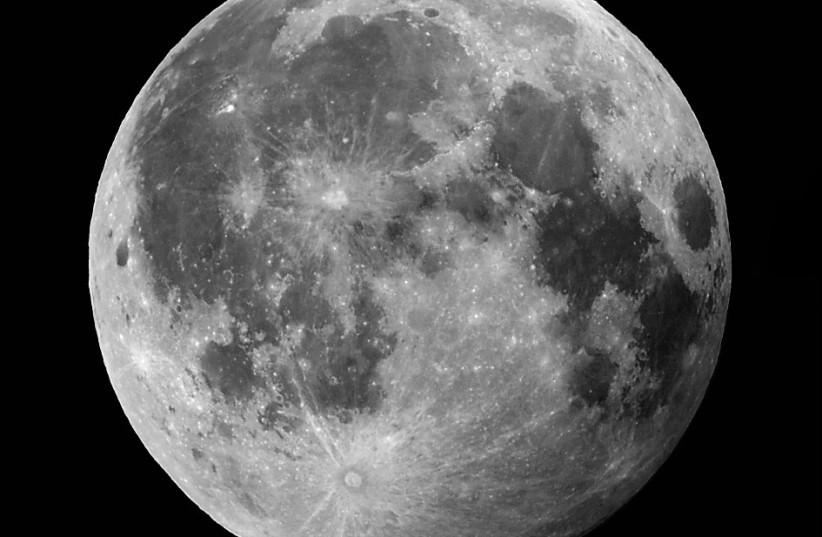Researchers found in a new study that dust could be launched from the moon to block out enough sunlight to mitigate the effects of global warming.
In the peer-reviewed study, which was published in the journal PLOS Climate on Wednesday, the researchers employed a technique that is typically used to study the formation of planets around distant stars.
When a planet forms, large amounts of dust are produced that may form rings around the star. The rings intercept and re-radiate light from the star, enabling detection by researchers on Earth. This is often used to identify stars forming new planets.
“That was the seed of the idea; if we took a small amount of material and put it on a special orbit between the Earth and the sun and broke it up, we could block out a lot of sunlight with a little amount of mass,” said lead author and professor of physics and astronomy Ben Bromley.
“It is amazing to contemplate how moon dust—which took over four billion years to generate—might help slow the rise in Earth’s temperature, a problem that took us less than 300 years to produce,” said co-author Scott Kenyon.

“Because we know the positions and masses of the major celestial bodies in our solar system, we can simply use the laws of gravity to track the position of a simulated sunshield over time for several different orbits.”
Study co-author Sameer Khan
“A particle orbiting the Sun can shield Earth by absorbing or scattering radiation. A shield’s overall effectiveness depends on its ability to sustain an orbit that casts a shadow on Earth,” the study noted.
Co-author Sameer Khan led an exploration into which orbits would be required in order to hold the dust for a long enough duration of time to shade Earth from solar radiation.
“Because we know the positions and masses of the major celestial bodies in our solar system, we can simply use the laws of gravity to track the position of a simulated sunshield over time for several different orbits,” said Khan.
One option that was explored was positioning a platform at the L1 Lagrange point - the closest point between Earth and the sun at which gravitational forces are balanced - as objects at Lagrange points generally follow a path between two celestial bodies.
A computer simulation showed that although the dust could temporarily provide shade in the L1 orbit, it would be easily blown off course by radiation, gravity and solar winds.
The second option that was explored was shooting dust from the moon toward the sun. Lunar dust was found to have the perfect properties to provide shielding from the sun and simulations found ideal trajectories aimed at L1.
Notably, launching dust from the moon would cost far less energy than launching it from Earth.
The researchers noted, however, that the amount of energy required in order to mitigate the effects of global warming would be about 1010 kg of dust per year, or “approximately 700 times more mass than humans have launched into space.”
Researchers provide disclaimer on practicality of method
The researchers note, however, that their study only explores the potential impact of this strategy rather than determining whether it is logically feasible.
“We aren’t experts in climate change, or the rocket science needed to move mass from one place to the other,” Bromley said. “We’re just exploring different kinds of dust on a variety of orbits to see how effective this approach might be. We do not want to miss a game changer for such a critical problem.”
